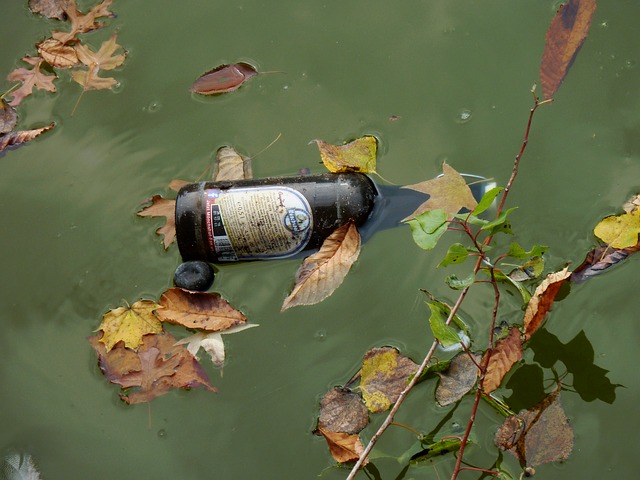Waste water is used to make potable water. Oils and soaps as well as other chemicals are among the elements found in human waste. Septic tanks, sump pumps and wastewater pumps are all covered in this category. It is the job of wastewater treatment plants to remove toxins from contaminated water generated by businesses and industries.
Is it necessary to treat wastewater, and if so, why?
We classify wastewater treatment as a water use because it is so intertwined with other water-related activities. Much of the water used in households, businesses, and industries must be disinfected before it can be returned to the environment.
Consider it “sewage treatment” if you’re unsure what “wastewater treatment” entails. Water pollution and waste can be dealt with by nature in small volumes, but if humans don’t clean the billions of gallons of wastewater and sewage produced each day, it would overwhelm the natural ecology. In wastewater treatment plants, pollutants are lowered to levels that nature can handle.
The phrase “wastewater” encompasses storm runoff. The rain that falls on the street during a storm is not clean, despite what some people believe. Acid rain from roads, parking lots, and rooftops can harm our waterways. To learn more about wastewater treatment be sure to check out Cleanawater
What is the Purpose of Wastewater Treatment?
It’s not just about looking for ourselves, but also our physical and mental well-being. Keeping our water clean is important for a variety of reasons, including:
Fisheries: Fish and other aquatic organisms need clean water in order to thrive. Fisheries, anglers, and future generations all depend on this. It’s a no-brainer.
The shorelines, beaches, and marshes of our rivers and oceans are filled with species that depends on them. They are essential to the survival of countless aquatic organisms. Migrating water birds use the areas to rest and eat.
Water is a beautiful playground for everyone of us, and it may improve our quality of life. Because of the natural beauty and recreational attractiveness of our waters, many people choose to live in our area. Visitors love to go swimming, fishing, boating, and picnicking on the water.
HEALTH RISKS: If water isn’t properly disinfected, it could contain pathogens. Because so many of us spend time around water on a daily basis, it’s imperative that any harmful germs in it be removed.
Contaminants in wastewater can have harmful effects on the environment:
Environmental and human health are at risk when wastewater isn’t properly disposed of. Beach closures, various restrictions on recreational water use, restrictions on fish and shellfish harvesting, and drinking water contamination may occur as a result of depletion of oxygen levels in the water. Environment Canada has published a list of some of the pollutants found in wastewater, as well as the possible detrimental effects these substances can have on ecosystems and human health.
Decomposition of organic materials and rubbish can decrease a lake’s dissolved oxygen, preventing fish and other aquatic life from thriving.
As a result of eutrophication, or over-fertilization, receiving waters can become poisonous to aquatic organisms and stimulate excessive plant growth, which reduces the amount of oxygen available, damages spawning grounds, and alters the habitat of some species.
Both organic and inorganic chloramines and chlorine compounds have the potential to be toxic to aquatic invertebrates, algae, and fish.
There are a number of species that can pollute shellfish populations, beaches, and drinking water. These organisms include pathogens that cause disease, as well as those that are harmful to humans.
Acute and chronic exposure to metals like mercury, cadmium, chromium, and arsenic can be harmful to animals.
In addition to wastewater effluents, other substances, such as some pharmaceutical and personal care products, can pose a threat to human health, aquatic life, and animals.
Sewage is cleaned and disinfected:
Before releasing effluent to the environment, the primary purpose of wastewater treatment is to remove as much suspended solids as feasible. Oxygen is depleted as solid stuff decays, which is bad news for aquatic organisms and plants.
During “initial treatment,” approximately 60% of the suspended particles are removed from the wastewater. This treatment also includes aerating (stirring up) the wastewater to reintroduce oxygen. Secondary treatment removes more than 90% of the suspended particles.

